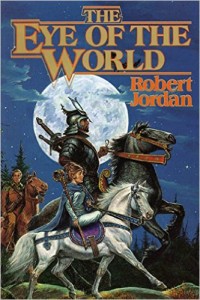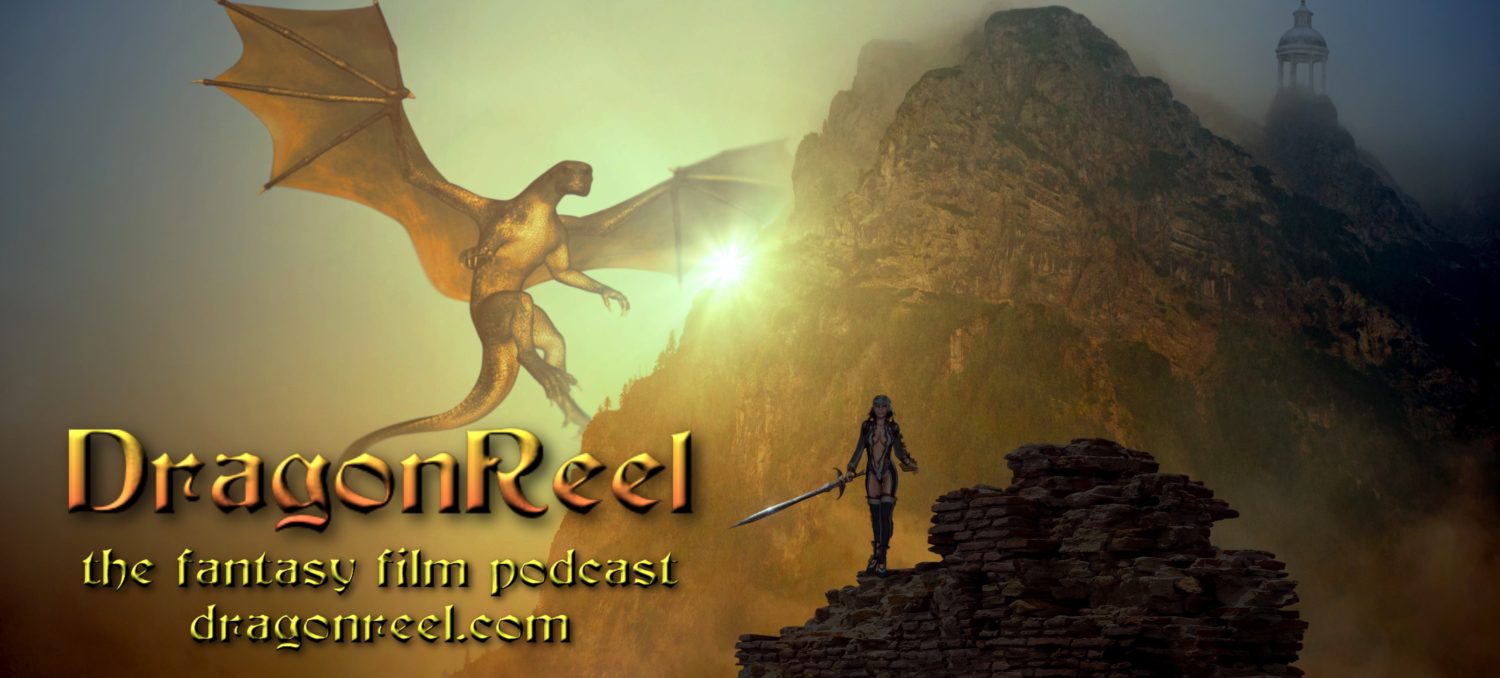 This novel, the first in the Wheel of Time series, begins an ambitious undertaking in the epic fantasy genre. We are introduced to the heroes, a collection of backwater friends barely old enough to be called adults, and the two strangers who come into their village and change everything they know about their world and themselves.
This novel, the first in the Wheel of Time series, begins an ambitious undertaking in the epic fantasy genre. We are introduced to the heroes, a collection of backwater friends barely old enough to be called adults, and the two strangers who come into their village and change everything they know about their world and themselves.
The story begins with Rand al’Thor, a shepherd and farmer, who feels himself being watched on the road into town. This ill omen is echoed with his two friends, Mat Cauthon and Perrin Aybara. This visitation is the precursor to an attack on the village by creatures long thought to be a legend. The two strangers, the mysterious woman Moiraine (whom we learn is an Aes Sedai, a woman able to tap into a supernatural “One Power” to weave magical effects) and her guardian (called a Warder), Lan, tell them that there is something special about the three young men, and urge them to leave the village with them. Egwene al’Vere, a young woman of their village, joins them as they begin their quest, and they are joined later on by Nynaeve al’Meara, the village “Wisdom” or healing woman. On their way to their destination, they are forced to grow up fast if they hope to survive. They are confronted with adversaries of many forms, human and monster, and learn that the Dark One, an evil power confined millennia ago in a mystic prison, is rising in power and threatens the world once more. And in their travels, they also meet a few people who will become friends, and who make recurring appearances throughout the series.
As quest fantasy goes, it’s pretty good. The idea of twelve or more books in the series makes it sound like the pacing would drag, but this is quite vigorous in its pacing. All the groundwork for the rest of the series is being laid down here, in describing the cultures and cosmology of the Wheel of Time universe, but never at the expense of the story. Many have called it a Tolkien rip-off, and in some ways, that’s so, but then Tolkien wasn’t writing in a vacuum, either. I don’t really see how that’s necessarily a bad thing. If I like Lord of the Rings, so it stands to reason I would like something similar to it. The well-known fantasy archetypes are used well in the story, and are supported by a defined magic system and world history. Of course you’ll find a few fantasy clichés in here, too. They’re hard to avoid when writing in this motif. Though it falls into the category of epic quest fantasy, Jordan departs from the Tolkien model far enough that this is as original a series as can be expected in the genre.
Jordan also uses the concept of the Wheel of Time itself to insinuate that our own world is yet another turning of the Wheel. As the book says, “Ages come and pass… Legend fades to myth, and even myth is long forgotten when the Age that gave it birth comes again.” To this end, he alludes to characters and legends analogous to those that you and I in the real world already know of. The names of the Forsaken (an elite group of servants to the Dark One) are taken from various myths and religions. Certain legendary figures in the world history have names strangely similar to those in the real world, such as Artur Pendraeg and Birgitte.
There were a couple of problems I had with the book, that after the six books I’ve read still are not satisfactorily explained. The setting of the story is a massive continent that seems to be about the size of Europe, or perhaps a mirror image of China. In this entire continent, there are only two languages, and one of them is dead. The “Old Tongue” which has no name other than that, does not seem to be related at all to the modern language, yet at some point in the past, people simply stopped speaking the Old Tongue, and started speaking the new one, seemingly overnight.
Another problem I had was with the personalities of some characters. Most of the women are weakly defined, primarily differentiated only by the degree of their temper, and they all have a temper, and they live and breathe scathing generalizations about men. The character of Mat is also hard to sympathize with, as he spends the beginning of the book being a bratty little kid, and most of the rest of the book being surly and aggressive, as his mind is slowly dominated by an evil relic.
A minor nit to pick is the phrase the Aes Sedai keep kicking around. “The Wheel weaves as the Wheel wills.” It’s a cute little phrase but it sounds like a mixed metaphor to me. Wheels don’t weave. Wheels spin or wheels turn. Looms weave. A minor annoyance at best, but it did stick out in my mind as unnecessary repetition.
Getting past all that, I did enjoy the book, and have enjoyed most of the books that have come after it in the series. Rand and Perrin are interesting characters, and the narration from their points of view are enjoyable. Perrin is my favorite character in the series so far, but for the first couple books, Rand is likeable as well. The story moves along, as a lot of the book involves the characters being chased by one set of bad guys or another. This serves to drive the story with a sense of urgency, and the end of the book leaves you with a healthy wonder of what will happen next. I found it enjoyable, and as of book 6, it strikes me as one of the better fantasy series I’ve read.
